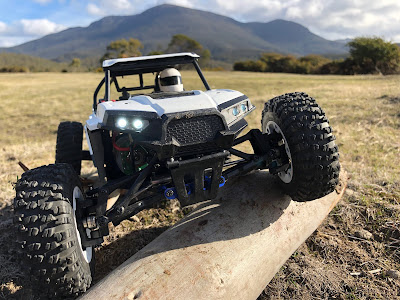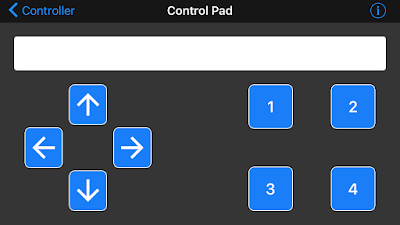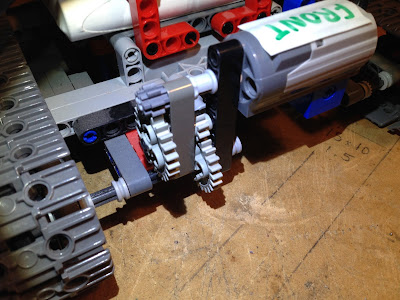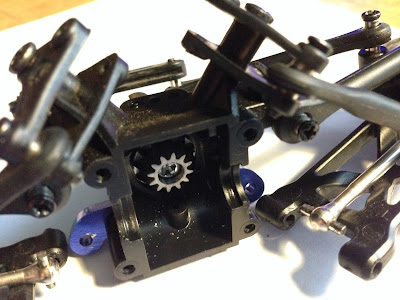After a bit of research i discovered much respect for a line of damper kits by Tamiya, the T50519 for the front and T50520 for the rear. The latter has been discontinued :( but still available online if you hunt around a bit.
These are very versatile parts, and not expensive (around $AU30 each):
- They can be built in multiple lengths
- They come with 2 pairs of springs and damper ends
- And three different pistons, for soft, medium hard.
- Three internal spacers (piston travel, ride height) and three external spacers (preload)
- ..and you can then of course use whatever shock oil you like, some is included.
Intention:
Given the car is has previously run very hard suspension I'm hoping to achieve a softer ride to see how that feels. I expect more ground contact (better acceleration & steering) at the cost of body roll (pitch/yaw). The suspension slightly depresses at rest when under it's own weight and travel is remarkably easier and smoother than with the stock setup.My front setup:
As I've mentioned, for the front was running my vertical shock mod and the T50519 setup as follows:- The longest spring (for overall length).
- The shortest damper end.
- The softest piston (the one with three holes in it)
- The V7 (thickest) external spacer (for spring preload and to stop the top falling off).
- No internal spacers (for longest travel).
- The OEM shock ends from the 12428b (they do fit).
- Some 750 shock oil i had sitting around.
 |
| NOTE: Installation uses the original stainless shock ends |
My rear setup:
The rear shocks went together the same as the front, and were installed (upside down) in the same position as the OEM shocks, no changes required. I did arrange the shock in the most vertical position. Setup:- The stiffer spring.
- The longest damper end.
- The softest piston (the one with three holes in it)
- ALL the external spacers i had, including those from the front shocks.
- Some closed cell foam rubber on the bottom of the battery tray.
- No internal spacers (for longest travel).
- The OEM shock ends from the 12428b.
- The 750 shock oil i had sitting around.
It's a shame, but the rear shocks I sourced were possibly the last in Australia :(
Verdict:
This is a completely different vehicle and am very happy with this mod. Some things I didn't expect and am really happy about:- When dropped on the bench, the solid thud, like a lump of wet clay.
- That the unplanned reduction in ride height helped with expected body roll.
- That body roll now was SO much more predictable, you can steer it out.
- To be able to spend SO much more time at full throttle (hot batteries!).
















































